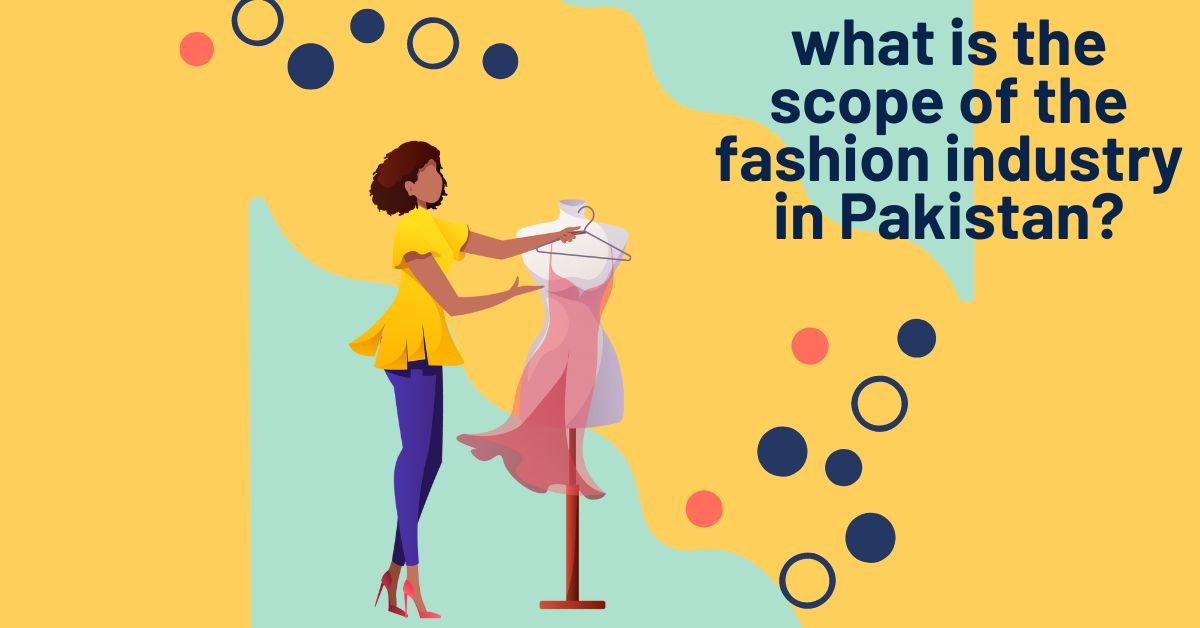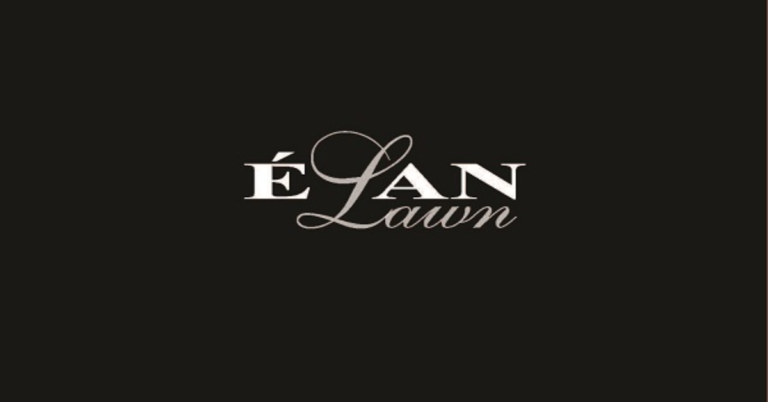What is the scope of the fashion industry in Pakistan?
The fashion industry is a modern product, and it is made up of shops, design sourcing firms, and sales firms, among other things.
The Pakistani fashion business can keep growing and reaching more people.
Energy efficiency is starting to get more attention in the fashion industry.
People will say that fashion design isn’t a good job, but the truth is the exact opposite.
There is nothing to worry about if you are talented and creative and want to get this degree.
This is your degree. ” Fashion design is the next big thing, and it has a very wide range of uses.
When you hear the word “fashion design,” the first thing that might come to mind is that it only has to do with clothes.
But let me make this clear. The fashion industry is not just about clothes. There are also other choices.
If you want to work in fashion design, this blog will help you.
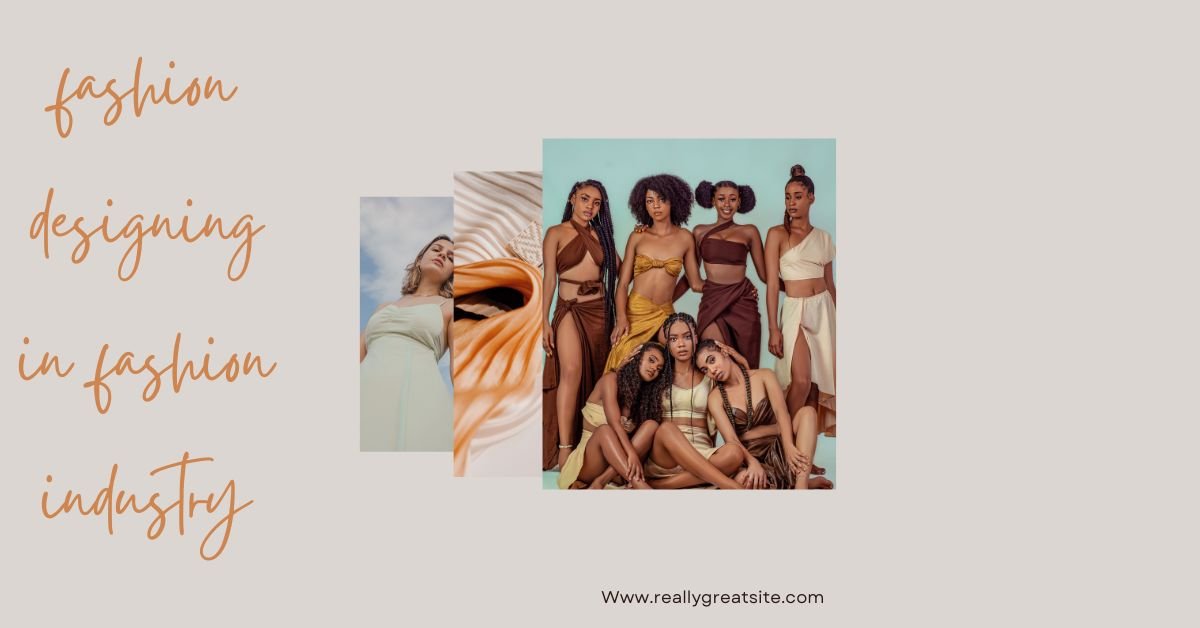
FASHION DESIGNING IN FASHION INDUSTRY:
Fashion design is an up-and-coming career choice in the modern world of the fashion industry,
and creative people are becoming more and more interested in it.
It’s a glamorous, attractive, and exciting way to make a living. With this degree, students can do a lot of different things.
Fashion designers have many options, such as designing, doing research, making clothes, designing textiles, etc.
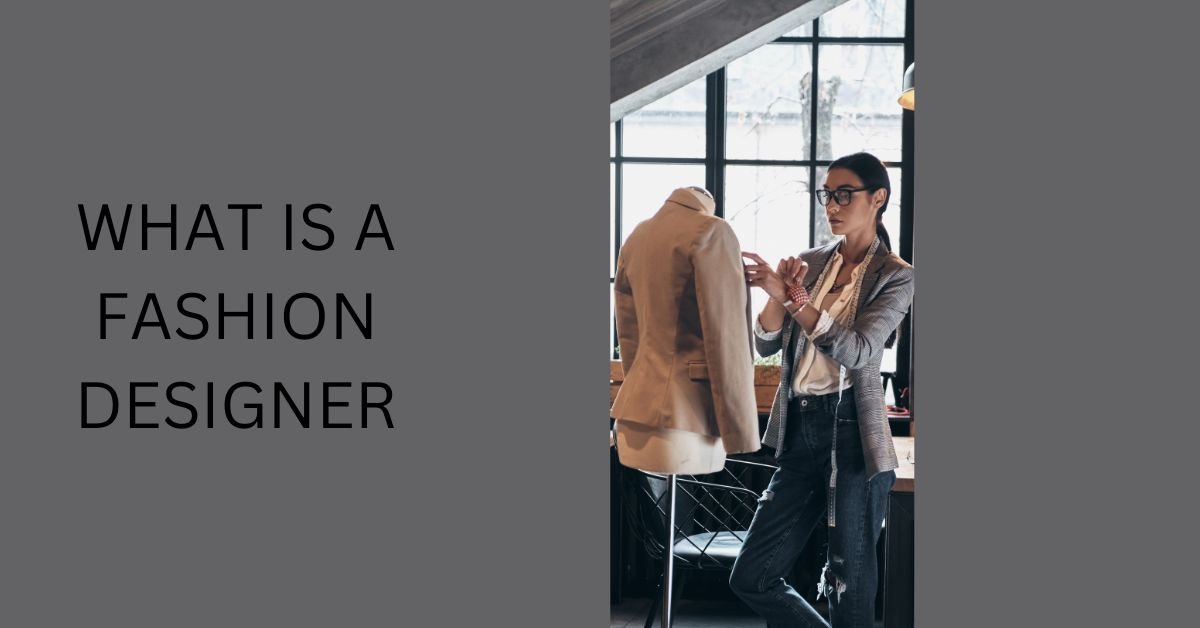
WHAT IS A FASHION DESIGNER?
A fashion designer studies fashion trends draw designs chooses fabrics and oversees the whole process of making clothes and accessories.
Most people think that tailoring or making clothes is the same as fashion design in the fashion industry,
even though they go hand in hand. However, there is a big difference between the two.
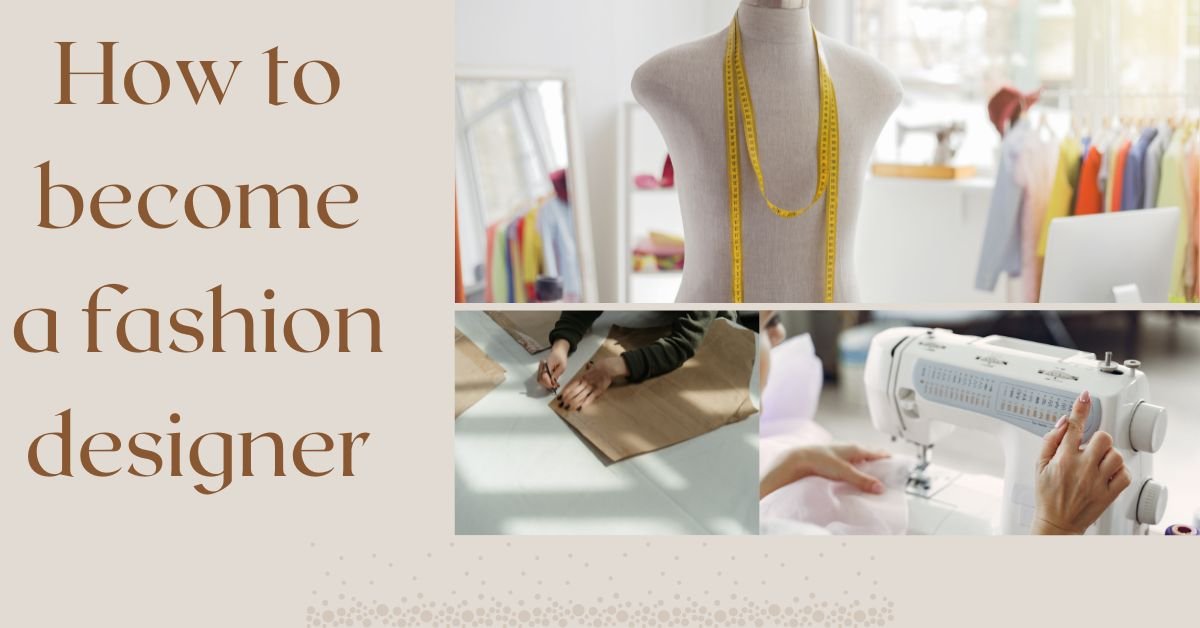
HOW TO BECOME A FASHION DESIGNER :
what skills do you need to become a fashion designer;
- How to be creative
- Having a good eye for things
- Business skills
- Strong graphic skill
- Information about what’s popular in fashion right now
- Drawing and sketching skills
- Soft skills
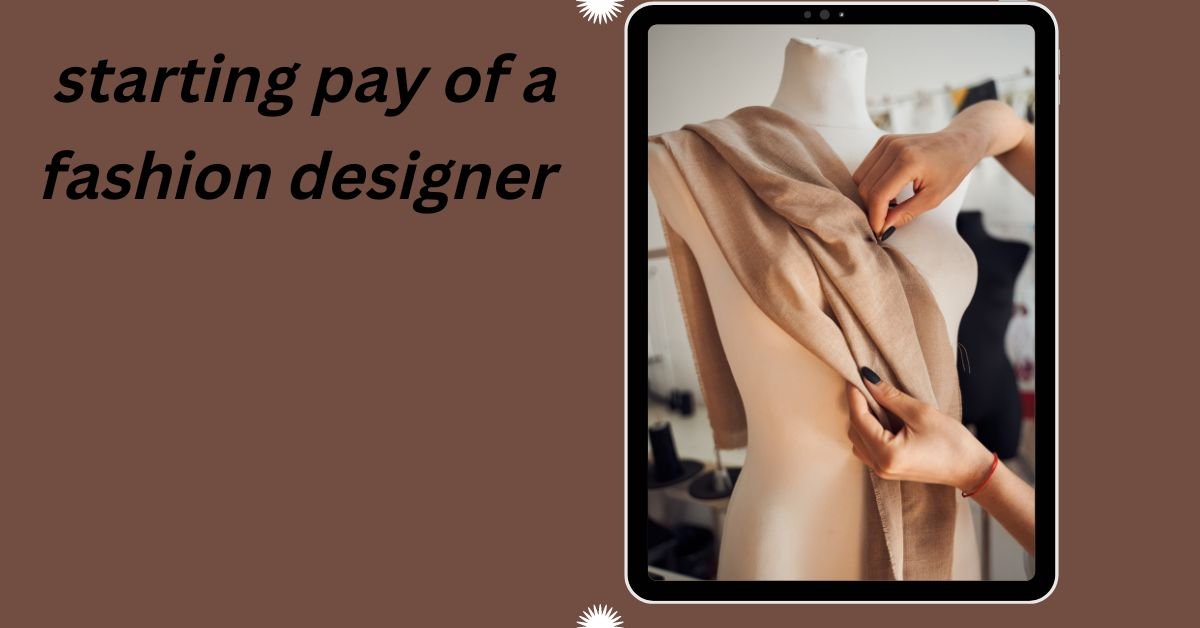
Starting Pay for a Fashion Designer:
A fashion designer in Pakistan can expect to make an average of Rs. 30,000 per month when they first start.
But designers with a lot of experience can make up to Rs. 1 lakh per month.
In Pakistan, there are more opportunities for fashion designers, and many young people are interested in the field.
Pakistan has a lot of opportunities for fashion designers, especially in the textile industry, which is growing quickly.
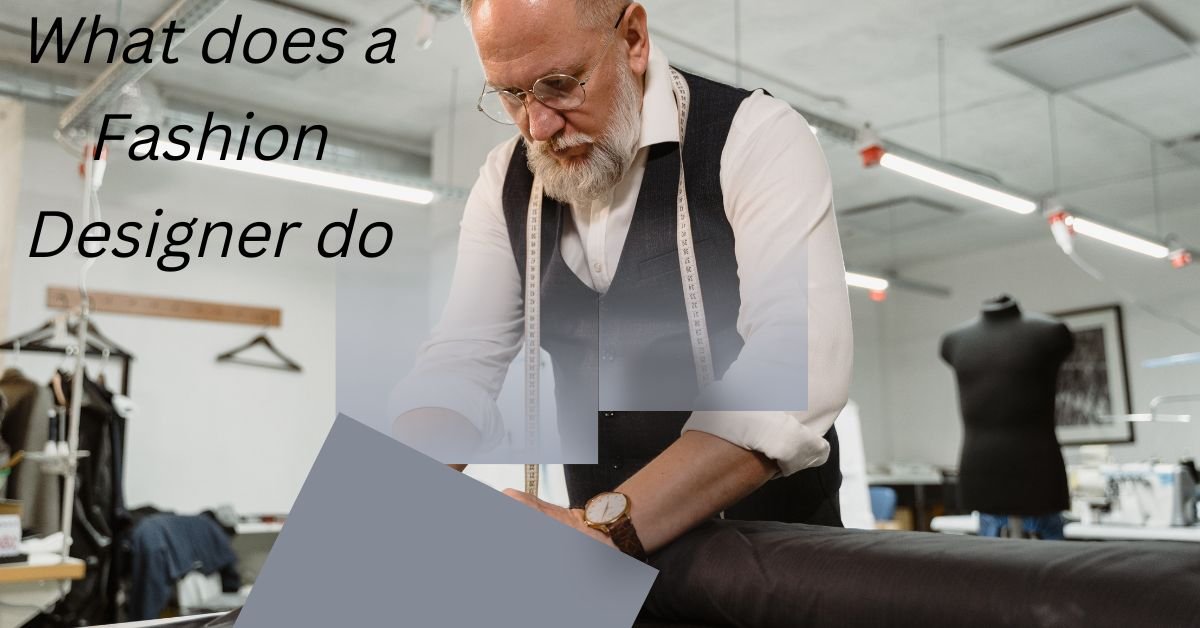
What does a Fashion Designer do?
Fashion designers make clothes, shoes, and other accessories.
They draw designs, choose fabrics and patterns, and keep an eye on how their clothes are made.
To do well in this job, you need to be creative, have a good eye for detail, and be able to work well with others.
Most designers work for themselves or are part of a team that works on different projects together.
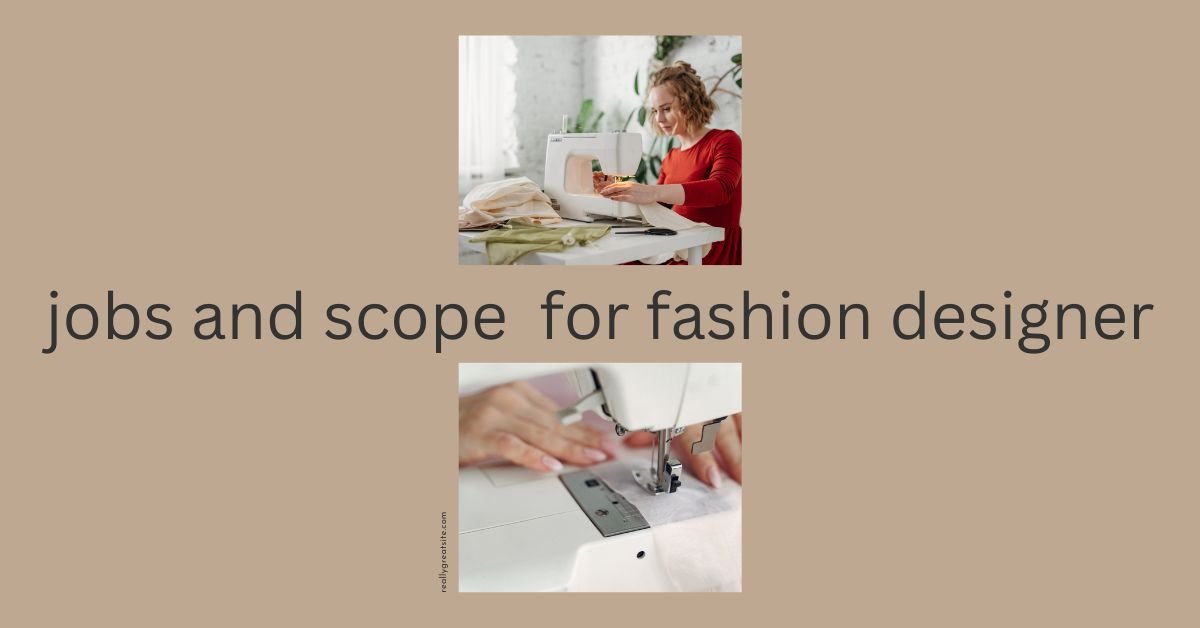
Jobs and Scope for Fashion Designers:
A fashion designer in Pakistan is a creative person who makes clothes and accessories.
They use many different materials and methods to make one-of-a-kind pieces that are both useful and stylish.
A successful fashion designer needs to know a lot about the latest trends
and be able to come up with unique designs that will appeal to a wide range of customers.
Pakistan is a good place to be a fashion designer because there is a high demand for stylish, well-made clothes.
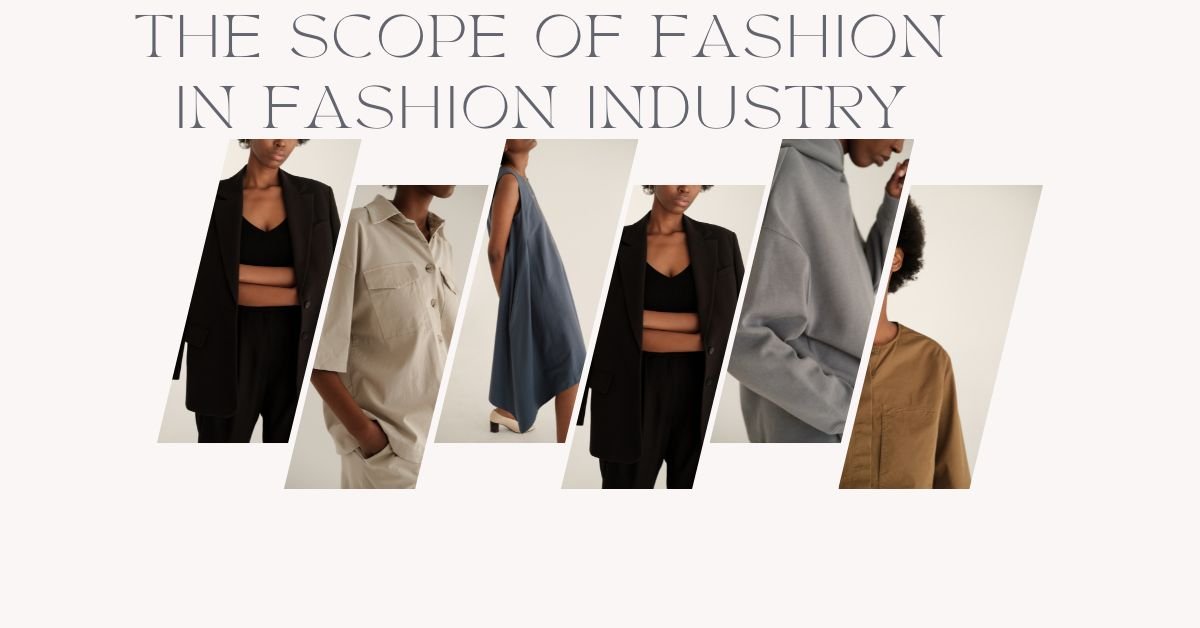
The scope of fashion in the fashion industry:
In Pakistan, fashion design is a growing business with a lot of potentials. In Pakistan, there are many different paths a fashion designer can take.
Most people start by making clothes for men, women, and children.
But the market for designers who focus on bridal wear, formals, and prep-a-porter is also growing.
Fashion designers can do well in Pakistan if they get the right training and know the right people.
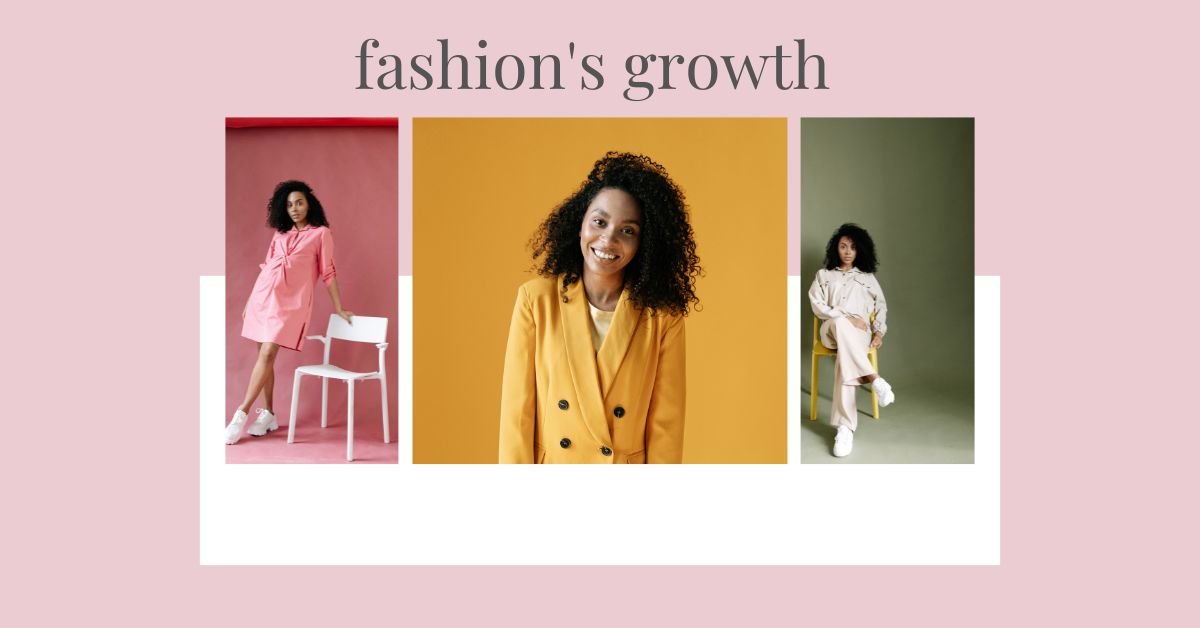
Fashion’s growth:
The fashion industry initially focused on high-end customers, and high costs made most products unaffordable.
Urban growth, working women, and more disposable income grew the fashion industry’s consumer base.
A drop in textile exports in 2017 forced large names to include the middle class,
leading to greater competitiveness and output in the grass season, whose products are in demand year-round.
Due to the 2017 export decline, some textile manufacturers created new brands.
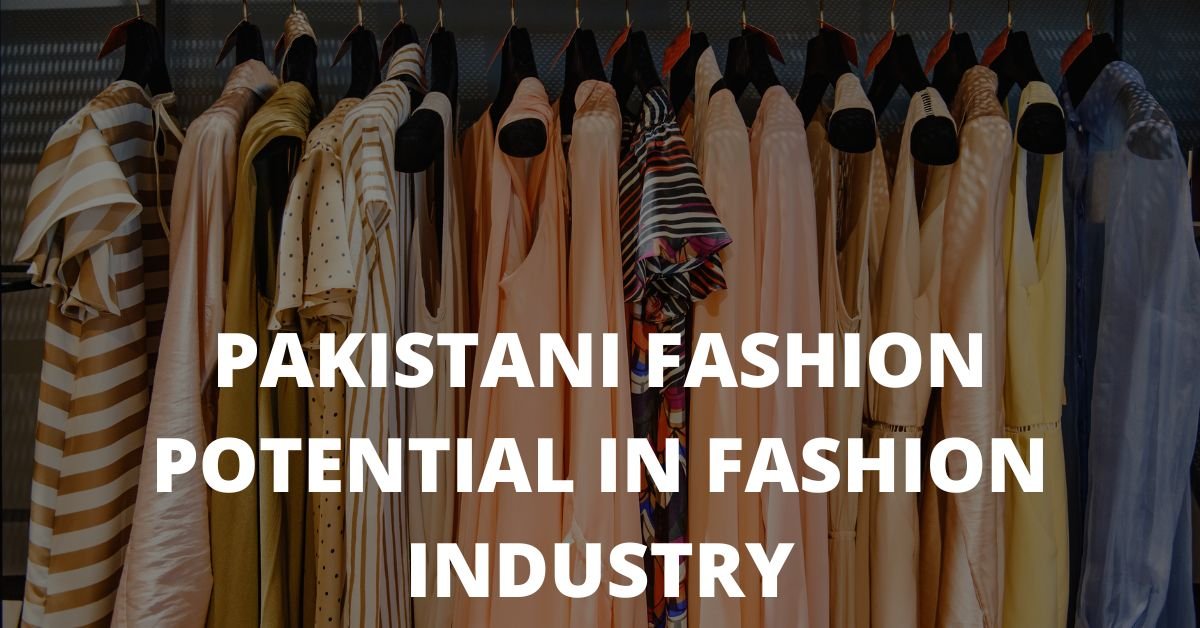
Pakistani fashion’s potential in fashion industry:
The PBF president was unhappy that the industry wasn’t maximizing textile exports.
In April 2021, textile and garment exports totaled USD 1.337 billion, up 231.17% from the previous year’s USD 403.833 million.
The Economic Coordination Committee approved duty-free cotton yarn imports till June 2021.
Despite a -2.57 percent decline in Jul-Mar 2020, textile exports climbed by 4.52 percent, to USD 10460 million.
Lahore Chamber of Commerce & Industry President remarked in July that Pakistani fashion labels Maria B and Khaadi have established themselves in the UK,
the US, and the Middle East, clearing the way to explore the international fashion industry.
Pakistan’s fashion industry’s challenges:
Despite a good outlook, the industry faces many hurdles.
First, worker rights. In 2020, when COVID-19 reached Pakistan, garment workers’ unions protested forced cutbacks and unpaid wages as fashion firms stopped supplies.
Human Rights Watch urged Pakistan in 2019 to tighten labor regulations and ensure minimum salaries for factory workers.
HRW said Pakistan hasn’t paid garment workers for years and described unsafe working conditions.
Focus area in the fashion industry
The main focus area in the fashion industry has four levels:
- manufacturing of raw materials,
- mostly fibers
- and textiles but also leather and fur;
- production of fashion goods by designers, manufacturers, contractors, and others; retail sales; and advertising and marketing.
Condition of eligibility
The condition of eligibility in the fashion industry is that you have a foundation degree, HND, or degree, which is frequently required.
Fashion design courses are available.
Specific abilities
To be a successful fashion designer, you need to have the following abilities
- The combination of original thought and action
New and interesting fashion concepts are what people look to you for as a fashion designer, therefore you better provide.
Designers in the fashion industry need to be able to think beyond the box to assess the state of the industry
and come up with fresh Maintaining a successful career as a fashion designer requires motivation and regular use of one’s creative faculties.
- Competence in human relationship
A designer’s day is filled with interactions with customers, models, agencies, and photographers.
Creatives in the fashion industry need to know how to communicate and collaborate with a wide range of experts.
A successful fashion designer must be self-motivated and able to cooperate with others to achieve common goals,
such as fulfilling a client’s fashion design requests.
- Paying Close Attention
For those who work in fashion, attention to detail is key. Even the smallest of details are important for a fashion designer to observe.
To create the perfect look, a fashion designer has to pay attention to even the smallest details,
like the colors, patterns, stitching, or even the model’s makeup.
A strong desire to achieve
The pace of the fashion industry is always high. A passion for fashion design is essential for success as a fashion designer.
Having a such passion can set fashion designers apart from the competition.
- Skill in stitching is top-notch.
All the following are examples of sewing techniques that a competent fashion designer should be familiar with:
- False stitch
- An Example of a Trimming Stitch
- Catch the Needle
- Regular stitching
- A wide stitching
- Crochet in a zigzag pattern
Each pattern has a unique method of sewing that is chosen based on the cloth and the final look that is wanted.
The ability to sew, either by machine or by hand, is a must for any aspiring fashion designer.
- Capacity for Vision and Sketching
Initially, a fashion designer’s concepts just exist in their heads.
One of the skills of a successful fashion designer is the ability to give others a mental picture of what they have in mind.
One means of conveying thoughts and visions to others is through the creation of realistic sketches
that include accurate measurements, precise angles, and curves.
- Talents in the Arts
Samples of finished items are often made by fashion designers before mass production begins.
To create these examples, they may use artistic techniques including painting, color mixing, sketching, and drawing.
A good fashion designer will know how important it is for the colors, textures, and patterns of a piece of clothing to work well together.
- Ability to Express Oneself
The ability to share your thoughts, plans, and progress with your team is essential for every fashion designer. Several people are always needed to bring a fashion project to reality.
It’s important for any project to run smoothly and get done on time that people can talk to each other.
- Expertise in Business
Skills in marketing, planning, budgeting, and human management are essential for a career in the fashion sector.
Given that many in the fashion industry work independently, expertise is a crucial skill for those in the fashion design industry.
As a result of developing these abilities, fashion designers will be able to expand their clientele, sell more products, and expand their businesses.
- Efficiency in the use of time
Time management skills are essential for a successful fashion designer’s career.
A fashion designer has more responsibilities than just making clothes and running a fashion house.
If fashion designer wants to make sure they can manage their time well, they should try the following:
- Hire out the easy stuff.
- To avoid having to deal with mundane tasks like laundry, scheduling, and email, hire a personal assistant.
- Concentrating on crucial tasks
- TVs and phones should be turned off or put away if you need to concentrate.
- CAD stands for computer-aided design, and it has changed the fashion industry
Computer-aided fashion designs (CAD) are an essential tool for today’s fashion designers,
who use them alongside traditional methods like sketching and drawing.
A skilled fashion designer should be fluent in the language of these design programs.
The ability to use an online calendar to keep track of meetings and deadlines is just one of the many fundamental computing abilities a fashion designer may need.
- Knowledge of how to lead others
A designer of clothing may have a variety of employees, including:
- Trainee
- Assistants in Design
- Style editors
- Assistants in private life
So, it’s on them to show that they can lead effectively.
These are the kinds of leadership abilities that may keep a team inspired and working hard.
- Capacity for change and evolution
The duties of a fashion designer are fluid and may shift at any time.
A fashion designer’s success depends on her ability to anticipate and adapt to the unavoidable challenges
and unforeseen scenarios that arise in the profession.
Those in the fashion industry who can roll with the punches are most likely to find workable answers to their problems.
- The ability to drill deep into fabric knowledge
To be successful in the field of fashion design,
one must have a thorough understanding of how to choose and work with a wide range of fabrics and textiles.
You need knowledge of fabric durability, ethical fabric sourcing practices, a variety of fabric textures,
and how they interact with one another.
These are some examples of fabrics that designers may use:
- Gingham \sFlannel \sChiffon
In addition, designers need to understand how garments and accessories are made.
You can work with factories to make sure that your ideas are made honestly and correctly.
- Cooperation Formation
Working as part of a team is not something that everyone is born with.
Some artists, for a fact, grow in alone settings because they feel more at ease there.
The fashion industry is heavily dependent on creativity, hence team building exercises are essential.
To achieve this objective, it is necessary to develop in each team member an appreciation for the value and
necessity of cooperating toward a common goal.
Conclusion :
The fashion industry in Pakistan is developing day by day. The number of fashion designers is also increasing.
The future of fashion designers is bright in Pakistan. They have a lot of scope to grow and establish themselves.
The only thing they need to do is to keep updated with the latest trends and be creative.

